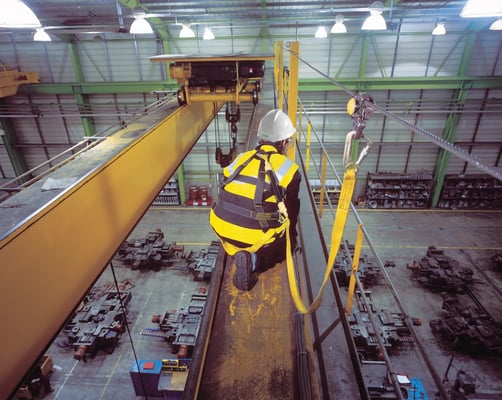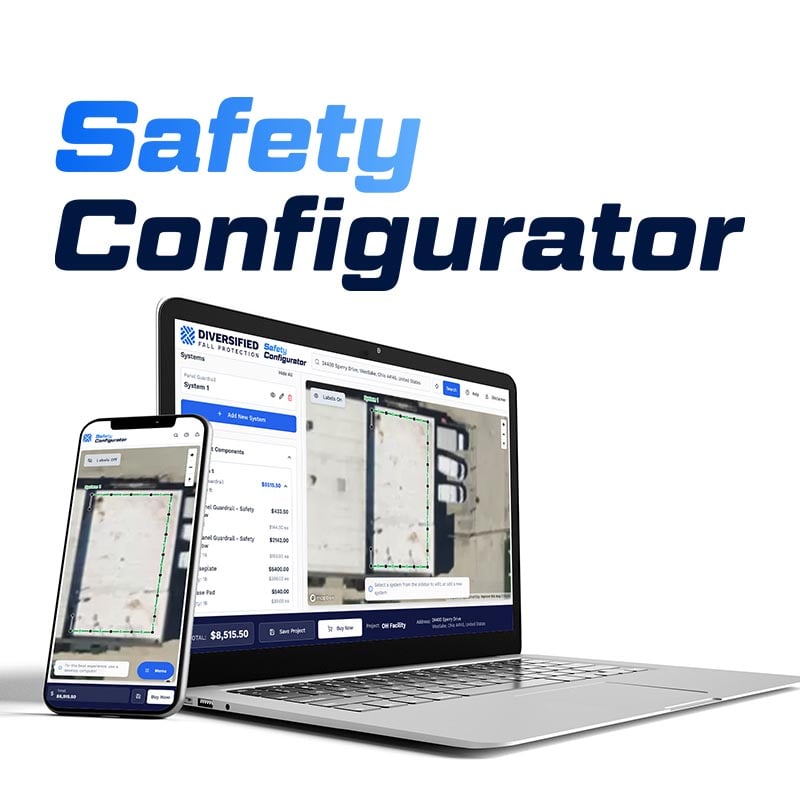
Cultural Shift: How Regions Around the World Approach Fall Protection
In the hustle of our modern, globally connected industrial landscape, ensuring the safety of workers at heights has witnessed a pivotal cultural transformation. With a growing emphasis on preventing accidents, communities worldwide have adopted new perspectives and robust practices in fall protection. So, what’s behind this growing emphasis?
The Paradigm Shift
Historically, the approach to fall protection of many companies was mostly reactive. However, there was a growing realization that waiting for accidents to happen was both ethically and economically unsustainable. In response, industries susceptible to fall-related accidents started implementing various preventative measures to improve worker safety.
- Equipment Adoption: Industries have increasingly adopted fall protection equipment specifically designed to prevent falls, shifting focus from merely mitigating fall impacts post-occurrence. For example, many manufacturing plants have integrated guardrails and travel restraint systems. These additions actively keep workers from potential fall hazards, addressing the risk at its source rather than just dealing with the consequences.
- Safety-First Mindset: Perhaps the most significant aspect of this shift is the widespread internalization of a safety-first culture among employers and workers. The view of safety has changed from being seen as a regulatory hurdle to an integral part of daily operations. This is evident in the aviation industry, where meticulous attention to safety protocols is a non-negotiable aspect of the job, given the inherent risks involved.
- Educated Workforce: An informed and educated workforce is a cornerstone of this paradigm shift. Through intensive training sessions, workshops, and certifications, employees at various levels are made aware of the best practices in fall protection. For example, technicians working on telecommunication towers are now equipped with not just advanced fall protection gear but also the knowledge to use them effectively and efficiently, significantly reducing fall-related incidents and fatalities.
The Global Perspectives on Fall Protection
Here is how different regions demonstrate this global shift:
North America
In North America's past, construction sites teemed with workers balancing precariously on high beams without safety harnesses, and fall-related incidents were all too common. Fast-forward to today, and the scenario has transformed significantly. Organizations like OSHA and ANSI have rigorously championed proactive fall protection, responding to historical challenges of unprotected edges and lack of worker training.
Modern job sites in sectors such as construction, manufacturing, and energy now showcase personal fall arrest systems, guardrails, and safety nets as standard equipment. The integration of these safety measures, combined with continuous training, attests to the commitment to address risks head-on and nurture a pervasive safety culture.
Europe
Europe, with its rich architectural history, has many old buildings and structures that pose unique challenges for renovation and maintenance. Historically, workers repairing century-old cathedrals or updating aging infrastructure had limited fall protection measures, leading to unfortunate incidents. However, entities like EU-OSHA have spearheaded the push for better safety protocols.
Today, whether it's working on historic landmarks in Paris or erecting modern skyscrapers in Frankfurt, there's an unwavering commitment to fall protection. Advanced systems, tailored to meet the unique challenges of each site, have become a mainstay, emphasizing both immediate protection and long-term safety education.
Asia-Pacific
Asia-Pacific's rapid industrial and infrastructural growth brought with it many risks—unfinished skyscrapers, bustling shipyards, and expansive bridges were once hazardous environments for workers lacking adequate safety equipment. While traditionally, the emphasis on stringent safety might have seemed secondary, the tide has changed dramatically.
Countries like China and India, amidst their construction booms, have realized the importance of robust safety protocols. As skyscrapers rise in Shanghai and mega-projects unfold in New Delhi, the sight of workers equipped with full-body harnesses, lanyards, and retractable lifelines is now common. This transformation not only aligns with international best practices but showcases a deeper cultural appreciation of worker safety.
Diversified Fall Protection: Leading the Charge
As regulations and culture evolve, businesses need a reliable partner to help them navigate the complex world of workplace fall prevention. Diversified Fall Protection (DFP) can help. Since 1994, DFP has been at the forefront of providing unparalleled safety:
- Turnkey Solutions: DFP’s comprehensive turnkey approach is a testament to their expertise and commitment. Clients receive end-to-end solutions, including engineering, fabrication, installation, training, and system recertification, ensuring a seamless and reliable safety experience.
- Innovative Product Line: DFP’s innovative products, like the SafePro Roof Guardrail and the EZ Series Roof Access Ladder, are designed with user safety and compliance in mind. These solutions meet and often exceed the stringent requirements set by regulatory bodies.
- Education and Partnerships: Besides providing top-tier safety solutions, DFP actively engages in education and partnerships. Their collaborations with industry giants like MSA, 3M, and DBI SALA ensure clients can access the best resources and products available.
As we navigate the shifting tides of safety standards and practices, aligning with a seasoned, reliable partner is imperative. Explore how Diversified Fall Protection’s solutions and expertise can fortify your organization’s safety protocols, ensuring not just compliance but a culture of proactive safety and care.
Schedule an assessment with Diversified Fall Protection
Contact Us to request a fall safety review

b-1.jpg?width=1368&height=1340&name=Rail%20(175)b-1.jpg)

